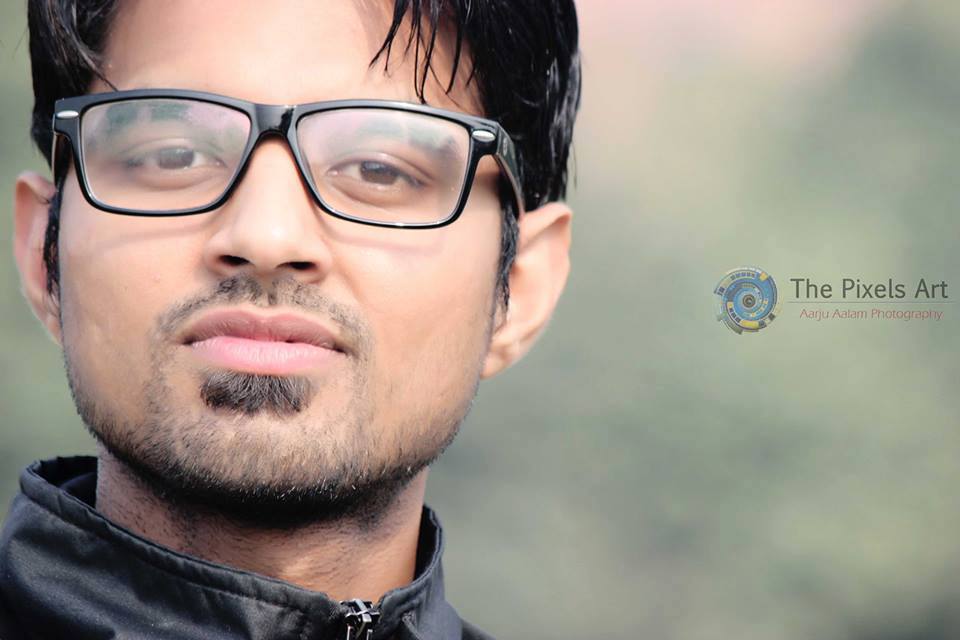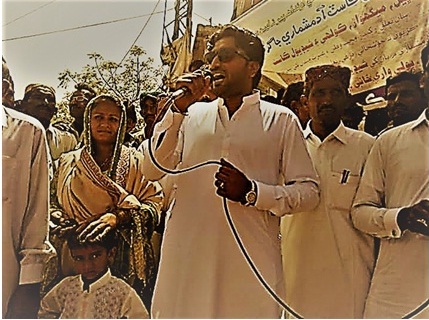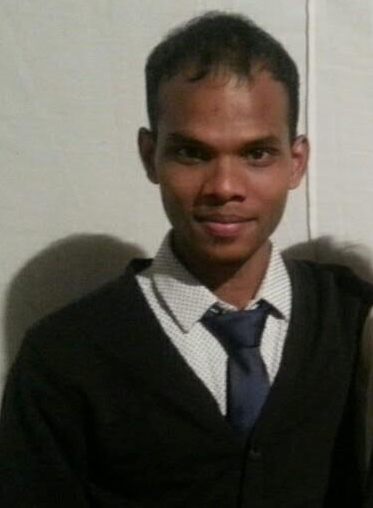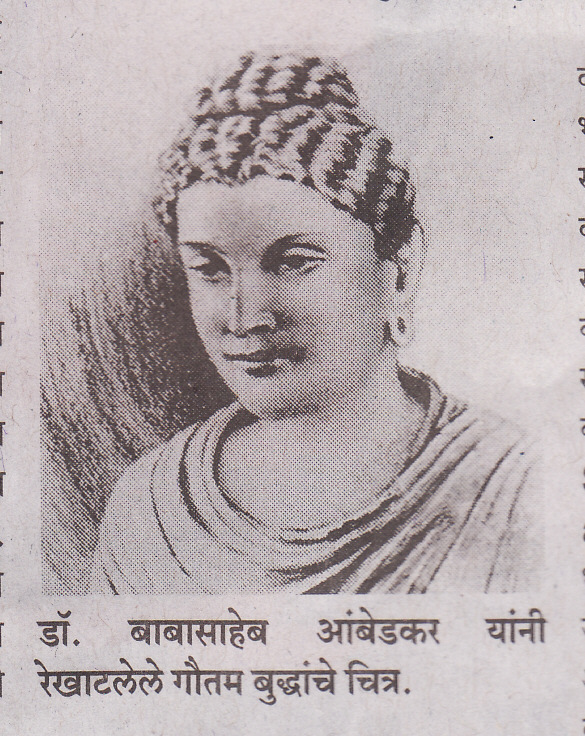Ankit Gautam
 In any society, the intellectuals are one of the most powerful classes of people; this much has been established beyond the shadow of a doubt. The consciousness of a society is shaped and regulated by the knowledge produced by the same intellectuals. In any society, there is always a struggle for power and the intellectuals could play a pivotal role in any shift in the balance of power.The domain of knowledge production has been the essence of maintaining hegemony in the society. However, despite being such a powerful domain, it has been kept in the shadows to keep it safe from much turbulence. The reason being that in the domain of knowledge production, the already established hegemons devise measures to maintain their hegemony and dominance. It is from here the decision to justify, legitimize and make something credible is taken and literature is produced. If there is no opposition then the ‘peer reviewing’ tries to offer some false opposition and establish it as the legitimate discourse on any given issue.
In any society, the intellectuals are one of the most powerful classes of people; this much has been established beyond the shadow of a doubt. The consciousness of a society is shaped and regulated by the knowledge produced by the same intellectuals. In any society, there is always a struggle for power and the intellectuals could play a pivotal role in any shift in the balance of power.The domain of knowledge production has been the essence of maintaining hegemony in the society. However, despite being such a powerful domain, it has been kept in the shadows to keep it safe from much turbulence. The reason being that in the domain of knowledge production, the already established hegemons devise measures to maintain their hegemony and dominance. It is from here the decision to justify, legitimize and make something credible is taken and literature is produced. If there is no opposition then the ‘peer reviewing’ tries to offer some false opposition and establish it as the legitimate discourse on any given issue.
In the context of India, Brahmins have always hegemonized the domain of knowledge production and it has been their monopoly, whether one approaches the so-called Indian Left, the right wing or the secular discourses. All these have been surreptitiously titled under the overarching Brahmanical worldview. The discourses from the caste subalterns have been treated with the policy of a cognitive blackout. The best example of this was observed during the Presidential debate in JNU elections for the session 2015-16 where the political front of Mulnivasi Bahujan students, BAPSA, contested elections and during the question-answer round, the presidential candidates of the three political parties resorted to not asking any question and thus refraining from giving any recognition.
In India, there are very few central universities. If one is to take out the ratio of around 420+ odd universities with the total population of the country i.e., 1.2 billion as per the 2011-Census, then the distribution is minuscule. However, if we are to observe it by taking out the ratio with the population of the Brahmins which has been around 3% of the total population and to take into consideration their representation in the academia then it is overwhelming and at some places they have total dominance.
However, there was a provision made through the constitution of India that 22.5% representation be given to the SC/ST via ‘reservation’ on the grounds of their being educationally and socially backward. To make the functioning of the state more representative and to develop a lacking “we” spirit among Indians and to develop a sense of collective responsibility, the representation was further extended by 27% to include the OBC at the recommendations of the Mandal Commission Report in 1990. However, the representation through reservation in higher education was provided only in 2001.
It has been convincingly argued by Babasaheb Dr.Ambedkar that the SC (erstwhile untouchables) /ST/OBC (including erstwhile Shudras) had no right to education, property and arms under the theocratic rule of the pre-partition era. So, the first generation that got access to education was the tabula rasa and all they learned was the knowledge that was already produced or was being produced by the Brahmanical hegemony in the academic spaces. And this condition persisted for the next 50-55 years where no significant challenge to Brahmanical world view could be posed by the Mulnivasi Bahujans in these spaces.
However, the policy of representation through reservation and the rising consciousness of Phule-Ambedkarite ideology by the herculean works of the activists inspired by Ayothee Thass, Ayyankali, Periyar E. V. Ramasamy, Jotiba Phule, Babasaheb Dr B. R Ambedkar, Mn Kanshiram, made it possible that the voices of Mulnivasi Bahujans have found some stronghold in the academia and are beginning to resonate.
The emergence of young intellectuals inspired by the Phule-Ambedkarite ideology in the domain of the knowledge production has sent ripples of restlessness in the hitherto calm and serene waters of the academia. The reservation provided an opportunity to the Mulnivasi Bahujans to create their own knowledge pools to counter the Brahmanical hegemony. Because universities provide education at nominal fees along with scholarships, hence, it also encouraged the Mulnivasi Bahujans to pursue higher education. Since the implementation of OBC reservation in the higher education in 2001, the composition of the Indian universities had begun to diversify. There was a shift of balance from the lopsided Brahmanical shades to the rising voices. The center of gravity had begun to shift. The hitherto mostly homogenous composition of student community had begun to diversify.
However, this bifurcation of the student community into the 50.5% General and 49.5% Mulnivasi Bahujans posed a threat to the domain of knowledge production and the hegemony of upper caste professors. This is so because the student community had begun to diversify, but the teaching community had stayed mostly homogenous. This friction has been sending chills down their spine and providing some much needed disturbance of the status quo. The measures like the recent calling off of scholarships are attempts to force the Mulnivasi Bahujan student to abandon higher education and to thus ‘purify’ the knowledge domain.
Most of the Mulnivasi Bahujan students hail from poor backgrounds and middle-class Mulnivasis are diverted to labour producing factories of engineering and management institutes. So, the people who fail to afford such education then resort to classical education institutes like central and state universities. The recent decision to cut the Non-NET/JRF Scholarship (now rolled back) would have affected the Mulnivasi Bahujans in a major way as they would have been compelled to abandon their studies. Moreover, this would have been a major setback to the future hope of intellectual leadership and knowledge pool that could have emerged from the students currently pursuing academics.
Indian Universities have been the comfort zones of the Brahmins, like their private spaces, where the emergence of the Mulnivasi Bahujans is very much undesired and is frowned upon as an infringement on the privacy of the Brahmins. This has led to the emergence of various private universities in the name of PPP model, where the education is so highly priced that the common Mulnivasi Bahujan youth can hardly think of getting admission there. This has led to the creation of a separate domain via a surreptitious policy of social apartheid and the quality of state-sponsored education is also being reduced and downgraded to keep the Mulnivasi bahujans at bay. There have been conscious efforts to leave no stone unturned to make education as the unattainable fruit for the Mulnivasi Bahujans.
~~~
Ankit Gautam is from Meerut, UP, and has done his MA in Sociology.










